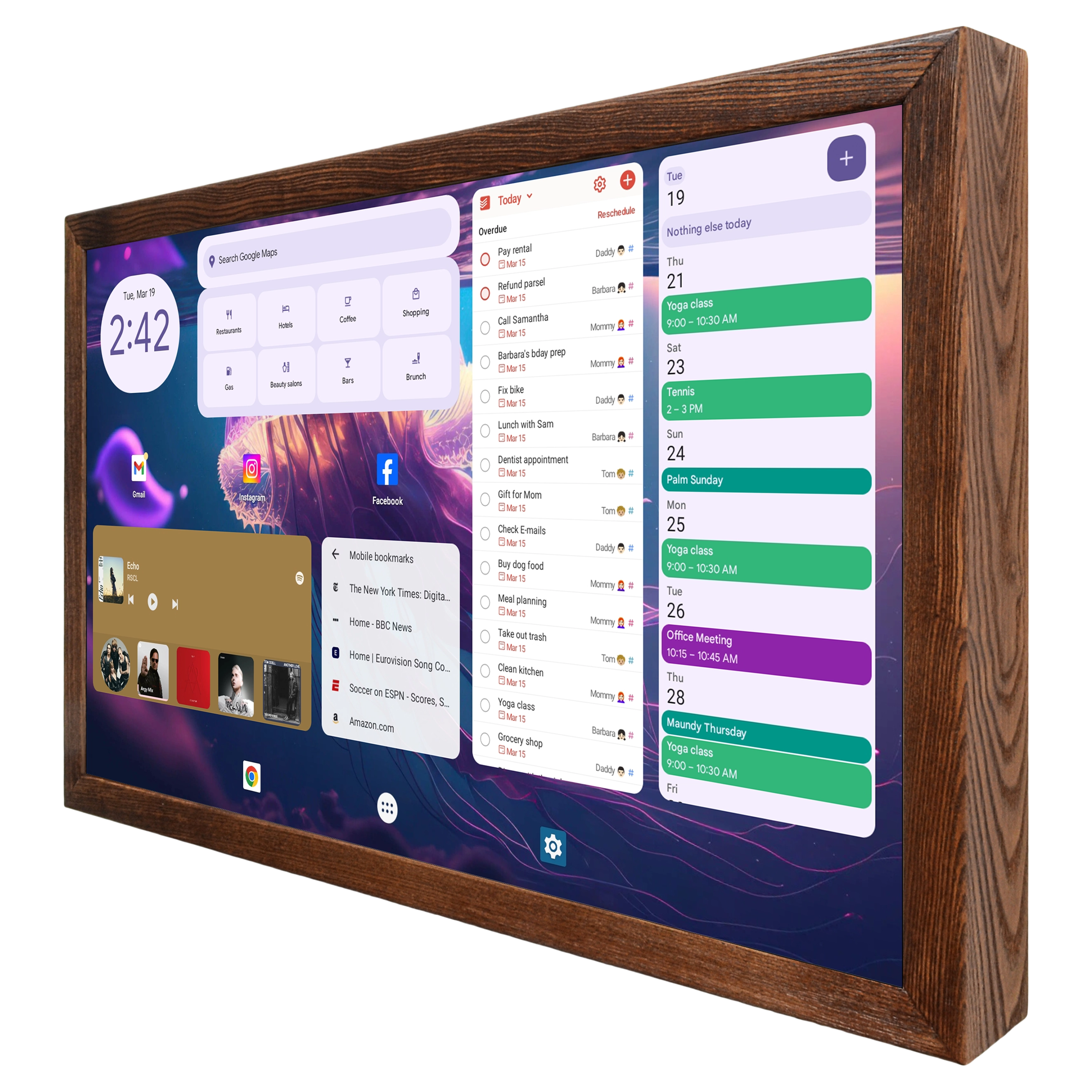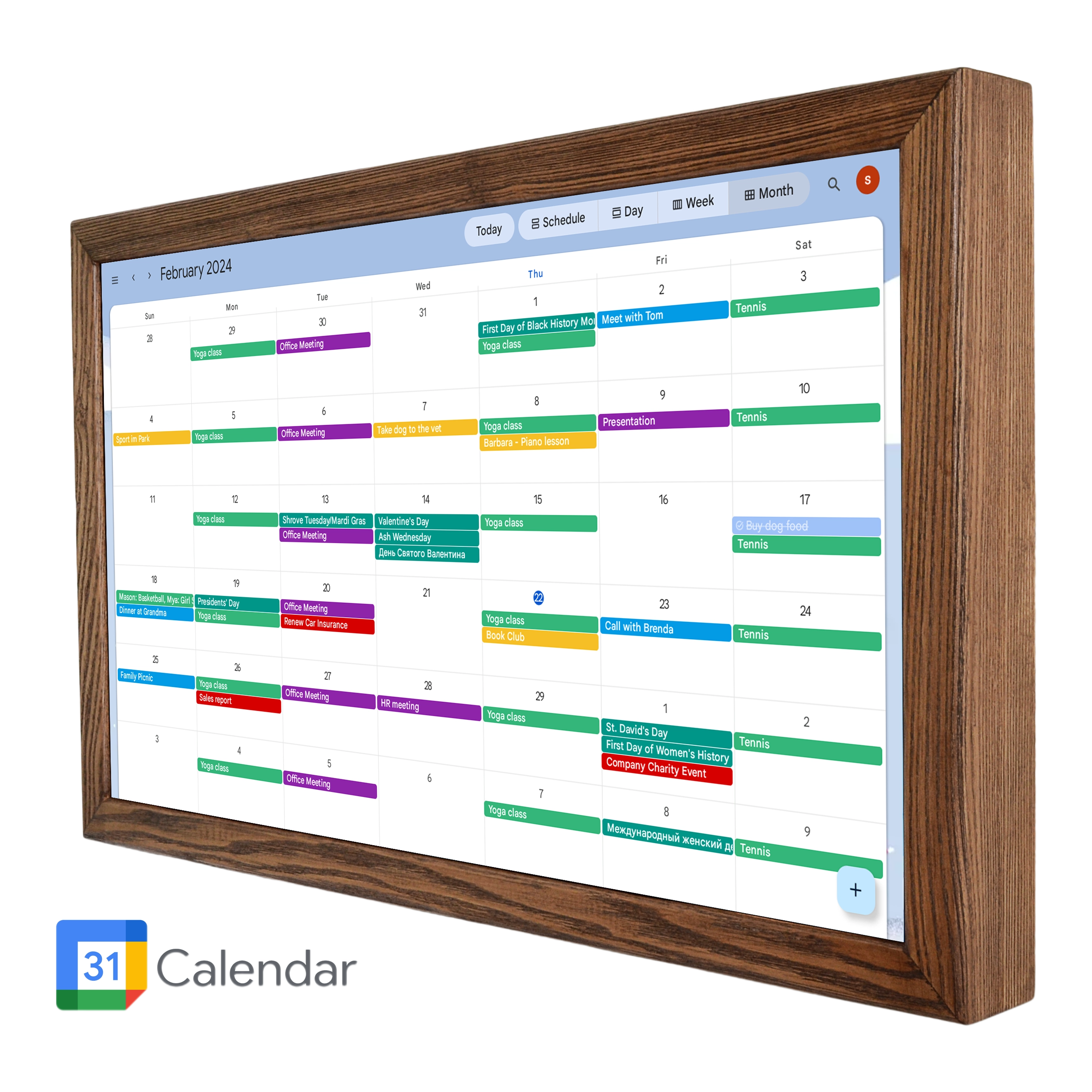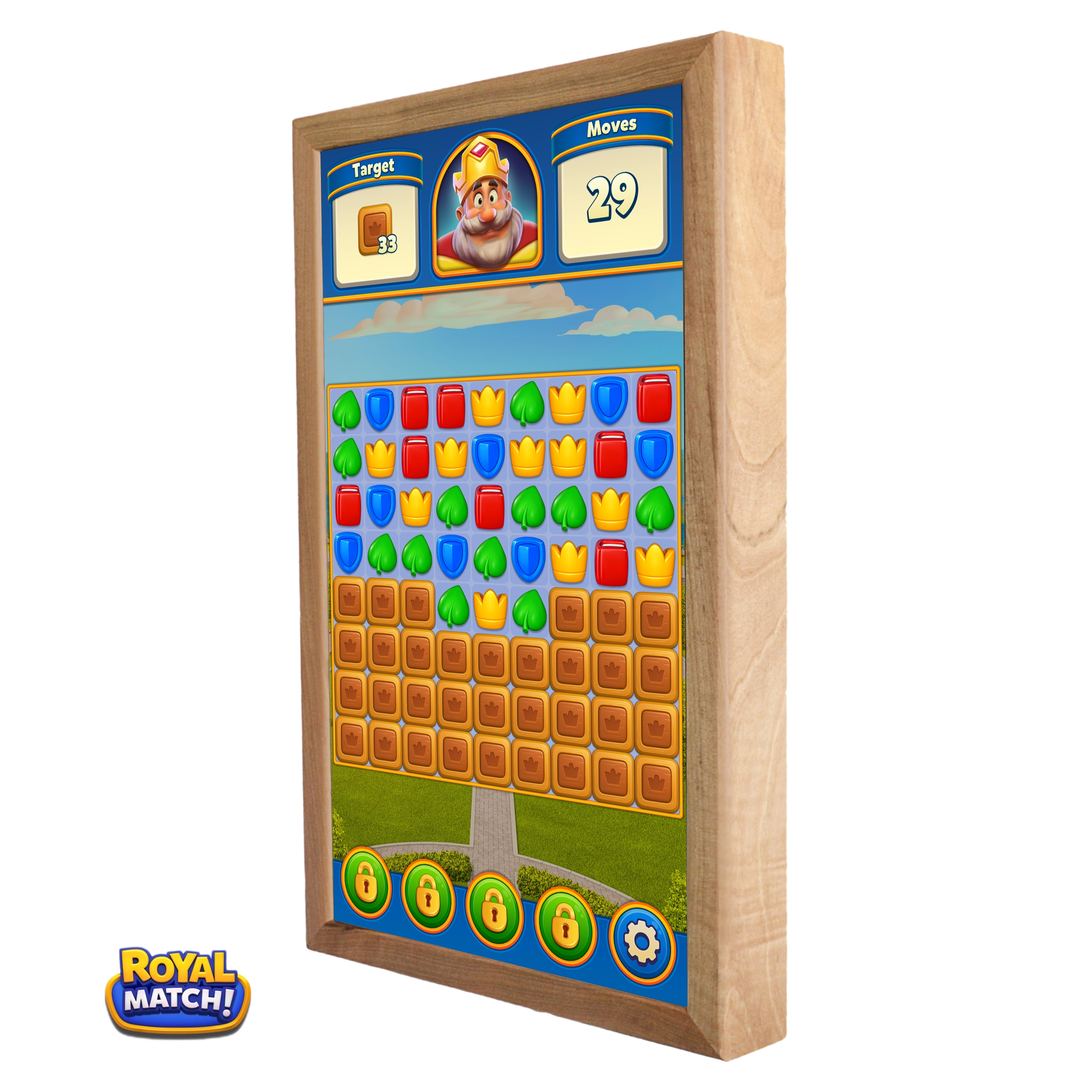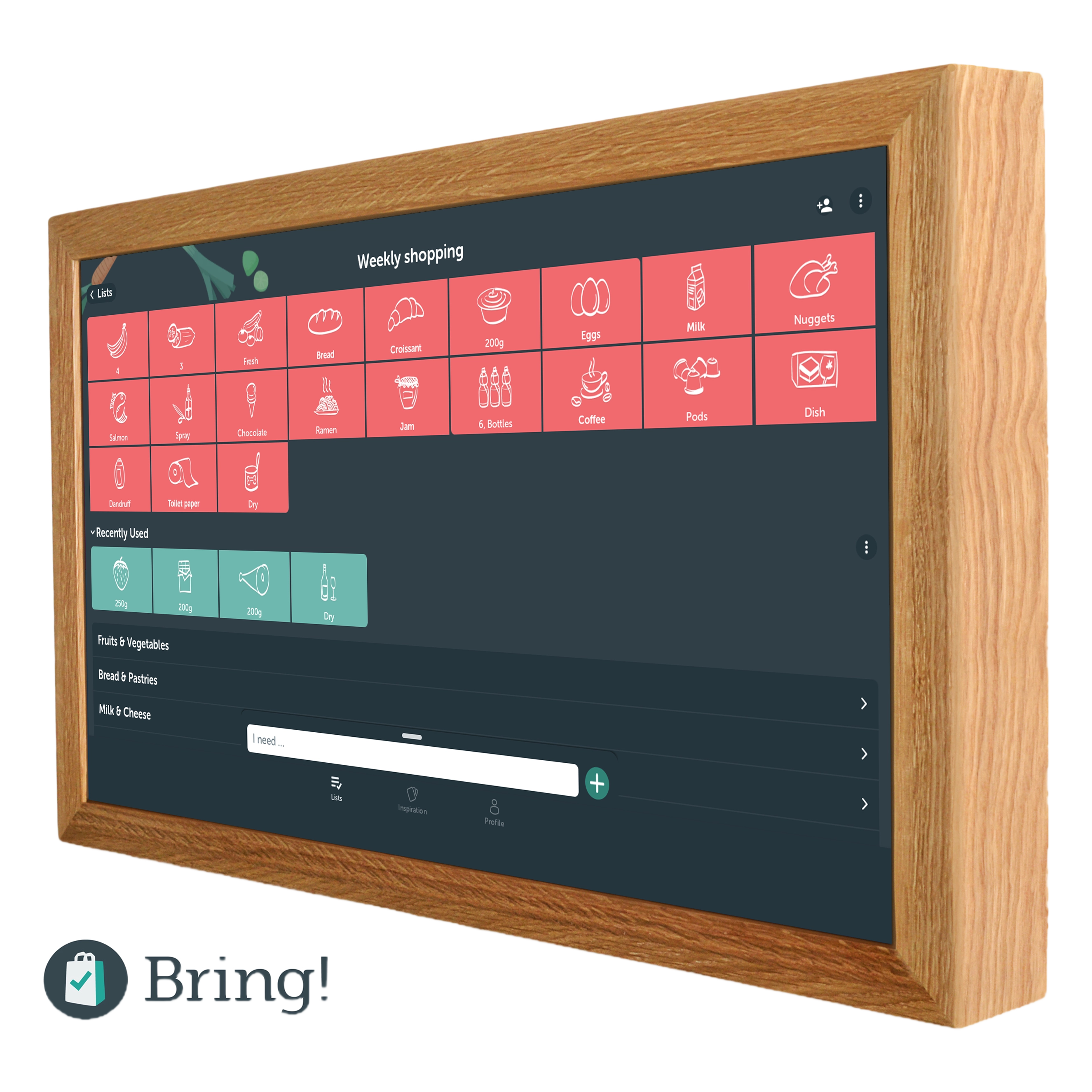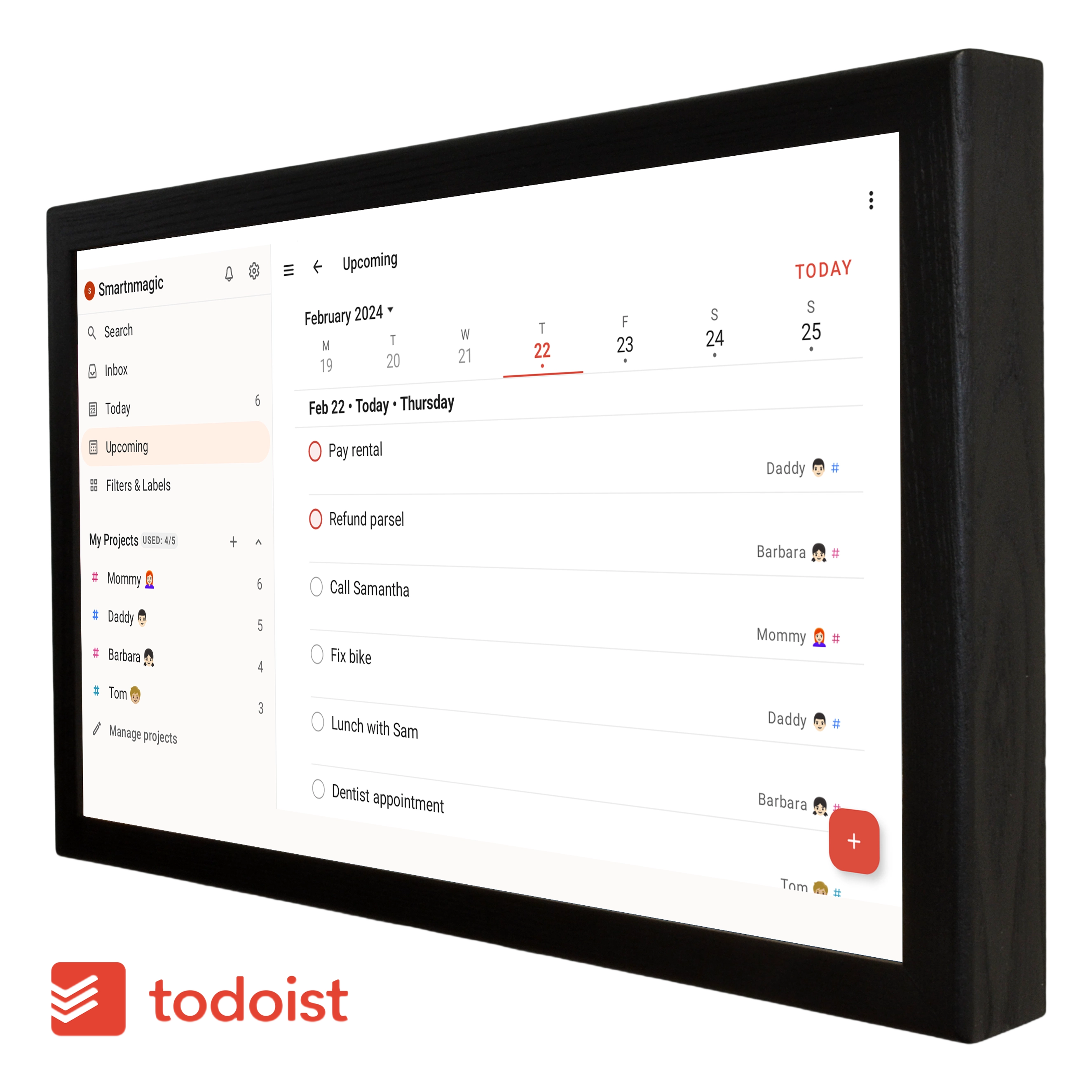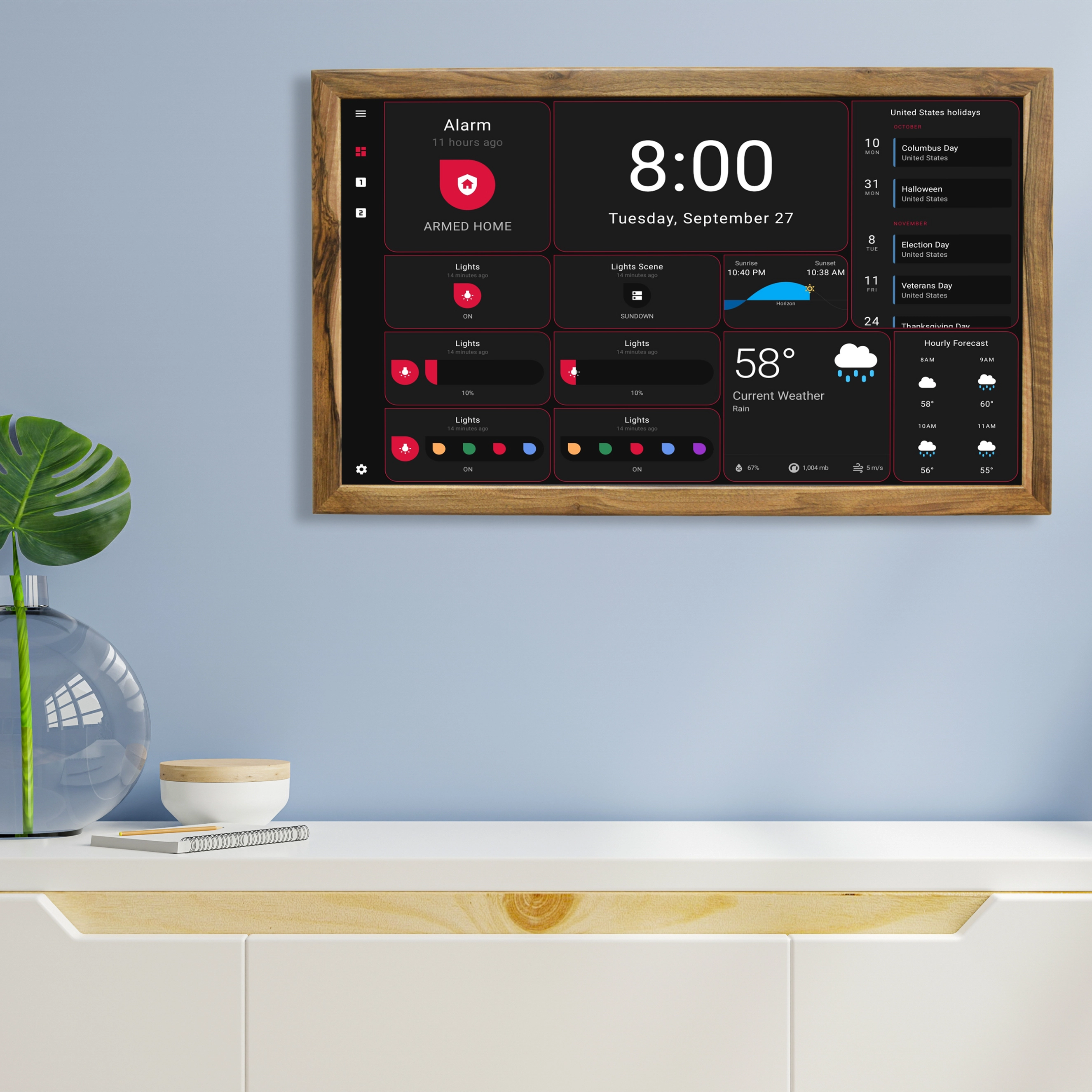Reassessing what matters most for you before having a summer break
Although January 1st is commonly associated with setting New Year's resolutions, it's important to remember that it's never too late to set or reassess your goals for the remaining part of the year.
Tracking and achieving goals can feel daunting, but can also be an excellent opportunity to assess your family's priorities. Why not leverage that momentum now?
Whether we fully achieve our goals or make progress towards them, discussing our aspirations helps us develop the habit of focusing on what truly matters. If we want to inspire our children to dream big, the new year is the perfect time to demonstrate what that means as a family.
To help you plan for and achieve your goals, here are some valuable tips to keep in mind:
Align what a goal is (…and what it isn’t!).
Before setting a goal as a family, it's essential to understand what a goal is (and what it isn't). A goal is simply "something you want to achieve". Goals can be short-term or long-term, but the key is that they need to be measurable. Without a way to track your progress towards your goals, it's challenging to know if you're making progress or not. For example, instead of setting a goal like "eat healthier," you might set a goal like "eat 3 salads per week."
To help your children understand this concept, consider providing an example like Spiderman, who plans to help at least 10 people every month this year. This way, your children can see that setting specific, measurable goals is a practical way to achieve something meaningful.
Bonus: You could even turn this into a math lesson by calculating how many people Spiderman would help in a year - 5 people x 12 months = 60 people.
Write down your goals together
Did you know that you're 42% more likely to achieve your goals if you write them down? That's why it's important to take the time to brainstorm and fine-tune your family goals on paper. Remember to break down your goals into smaller, measurable pieces so that you can track your progress on a daily, weekly, or monthly basis. It's much easier to stay motivated when you can see the progress you're making towards your goals.
Bonus: This is also an excellent opportunity for your children to practice their handwriting skills while participating in setting goals as a family.
Visualize your goals.
Displaying your goals is a powerful way to keep them top of mind and stay on track. By using your DAKboard Display to view your family goals daily, you can monitor your progress and keep everyone accountable.
Bonus: With DAKboard ready-to-use display and your favorite to-do list tool, you can even involve your children in the process of tracking their goals. This empowers them to take ownership of their progress and makes it easy for them to check in on their goals independently.

Dedicate time for your goals.
Talking about your family goals and writing them down is a great start, but it's important to make a plan to achieve them. One effective way to do this is to schedule time in your calendar to work towards your goals. By using your DAKboard Display to display everyone's goals, you can easily block off time in your calendar to work towards them.
Bonus: To make it even more visually appealing and easy to understand, consider using color-coding in your Google or iCloud calendar. You can use different colors for different types of goals, such as "health", "learning", or "activity", or even color-code by person to make it easy for everyone in the family to see their own goals at a glance.
Cherish the small wins.
It's important to celebrate the small wins along the way, even if you don't accomplish all of your family goals. By setting goals and working towards them, you'll still achieve far more than you would have without setting any goals at all. So even if you only get halfway towards your goal, take time to celebrate that achievement as a family.
Bonus: Involve your children in the celebration process by asking them how they'd like to celebrate achieving a goal together as a family. Kids often have a natural ability to celebrate even the small things in life, so take their lead and make it a fun and memorable experience for everyone.
Habit check ins.
Make it a habit to discuss your family goals and progress during family dinners. It's important to acknowledge that sometimes goals may need to be adjusted or re-routed along the way. Encourage open and honest communication, and remember that it's okay to make changes to your goals if needed.
Bonus: Make goal-tracking fun by giving everyone in the family the opportunity to check off completed goals. Both kids and adults will enjoy the satisfaction of marking a goal as completed and seeing their progress over time.
To help you get started, here are some goals for families that we suggest for you:
- Spend at least one hour of quality time together each day, without any distractions from technology.
- Cook and eat healthy meals together as a family at least three times a week.
- Read at least one book together as a family each month.
- Plan and take a family vacation or day trip once a quarter.
- Volunteer together as a family at least once a month.
- Learn a new skill or hobby as a family, such as painting or playing an instrument.
- Exercise together as a family at least twice a week.
- Practice gratitude by sharing one thing you're thankful for each day.
Make a fresh start or revise your goals anytime! Demonstrating this mindset to your kids is best achieved through goal setting.
For more on this topic, explore our other related posts:



